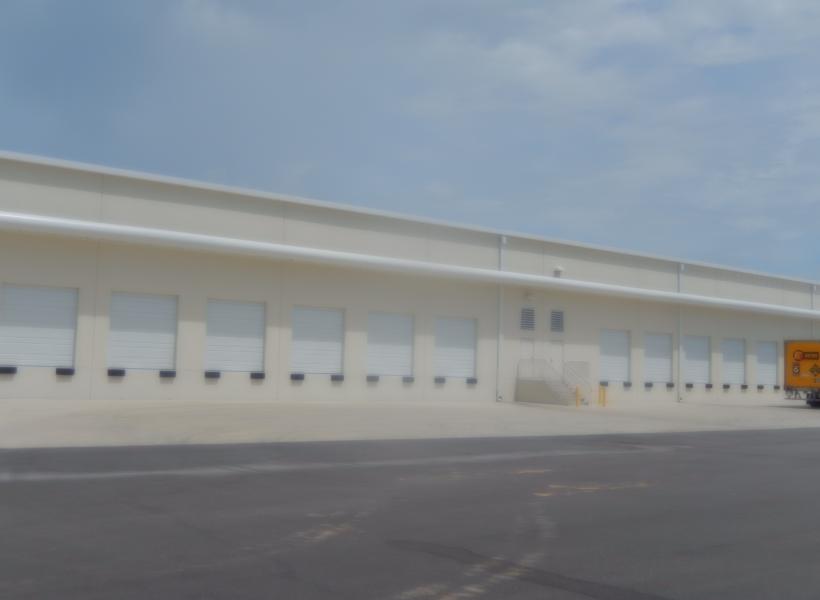Have you ever noticed that the terms “Warehouse” and “Distribution Center” are often used interchangeably by many logistics professionals? Some will say - so what’s the big deal? Still others might think that the differences between the two are so obvious they're hardly worth mentioning. But they’d be wrong. I once heard an “expert” casually comment - "The term Distribution Center is virtually synonymous with Warehouse". Really??? – I don’t think so!
What's The Difference?
Physically - not so much. They each have four walls, a roof and floors, dock space and truck doors. And, from the outside the structures might even look quite similar. But as the following definition (from a glossary of terms by K. B. Ackerman called “Words of Warehousing”) makes clear, what happens inside those four walls is really quite different. That glossary defines a distribution center as a "facility from which wholesale and retail orders are filled”, adding that "the term is used to describe a high-velocity operation as opposed to a static storage warehouse."
While you could argue that DCs evolved from warehousing and share much of the same DNA, a look at the primary functions of a true distribution center should make the difference quite clear:
(The following bullet points were taken from an article written by Clifford F. Lynch of C.F. Lynch & Associates.)
• A distribution center offers value-added services: Rather than simply offering static storage, DCs provide a myriad of services for clients, whether those customers are external or internal company departments and functions. A well-organized and managed distribution center will provide such services as transportation, cross-docking, order-fulfillment, labeling and packaging along with whatever services are necessary to complete the order cycle, including order processing, order preparation, shipping, receiving, transportation, returned goods processing and performance measurement.
• A distribution center is customer focused: While a warehouse is focused on the most efficient cost effective methods of storing products within its walls, a distribution center's sole mission is to provide outstanding service to its customers.
• A distribution center is technology-driven: The distribution center of today must have in place state-of-the-art order processing, transportation management and warehouse management systems if it is to receive, scan bar codes, locate and store product efficiently, pick/pack and process orders, and plan loads.
• A distribution center is relationship-centric: Whether its clients are outside companies or other intra-company units, a distribution center must remain focused on its customers' requirements. A distribution center is the principal link between suppliers and customers, and its management must be conversant not only with the customers' needs but also with the most efficient and cost-effective methods of meeting those needs. By contrast, a storage warehouse is so inwardly focused, in most cases, that there is very little understanding of what customer service really means.
Given all of the above, the distinction between Warehouse and Distribution Center is great. Today’s DCs have evolved into crucial hubs in supply chain networks. They're moving goods to market more effectively than ever before and taking on value-added functions that they can perform more efficiently than any other link in the supply chain.
Final Thoughts
There's no doubt that the business world has migrated away from traditional warehouse-based stockpiling of inventory to a rapid flow-through distribution center model. We now think of a warehouse as "inventory at zero velocity". Compare that with the high-velocity activity level, customer focus, and sophistication of today's distribution center. Not that I have anything against warehousing, but which would you rather be identified with?
And, there's more change to come. But keeping up is not going to be easy. Cost pressures won't ease anytime soon. The complexity of the technology involved demands a better educated workforce and increasingly sophisticated support . And all too often, senior management still doesn't “get it” as too many CEOs see logistics operations as a mere cost center - as if goods have much value if they don't get to the sales shelf on time.
- alantrauger's blog
- Log in to post comments
